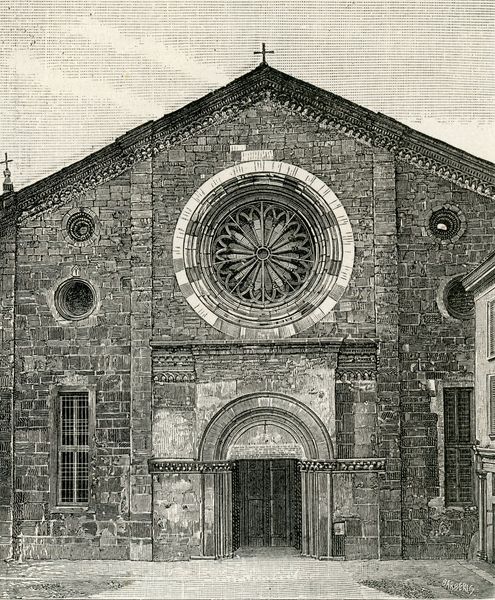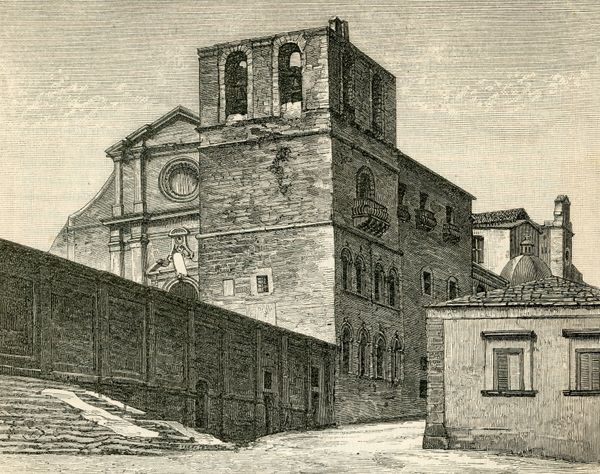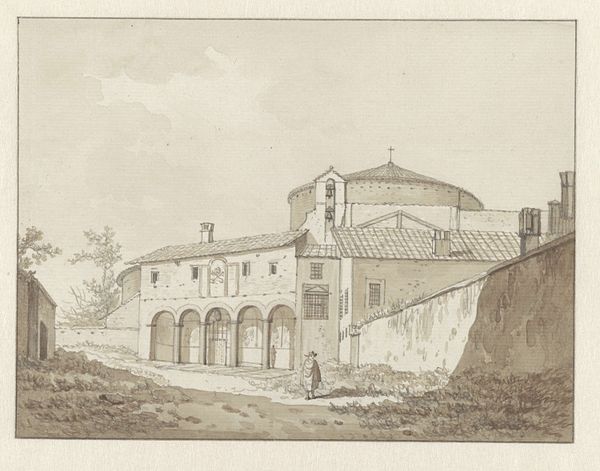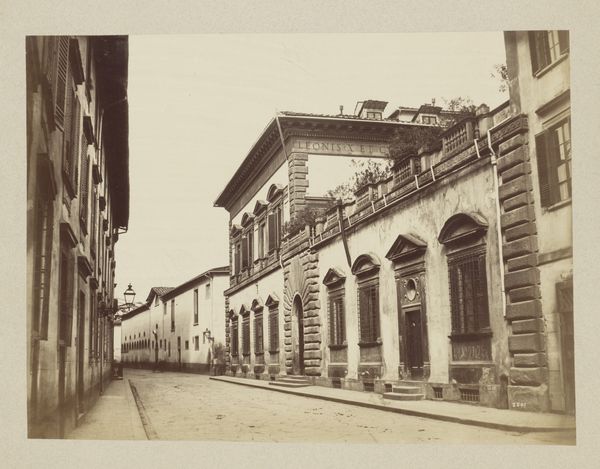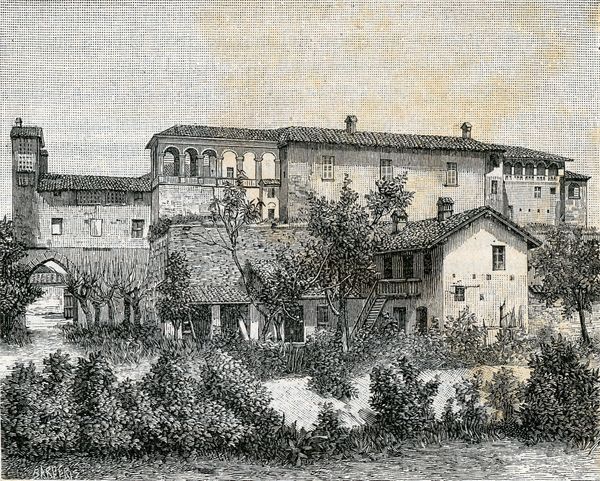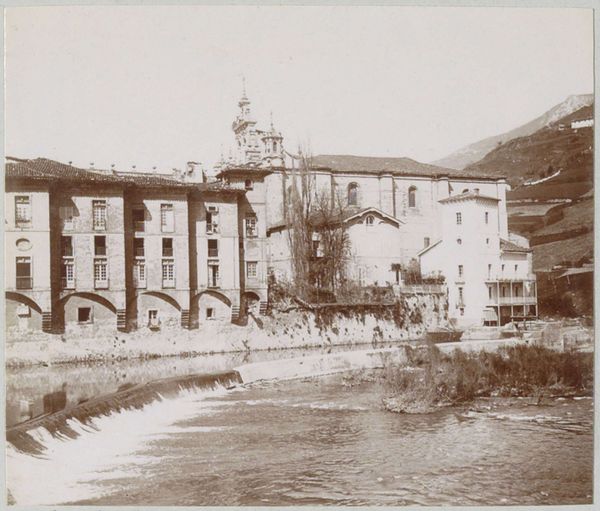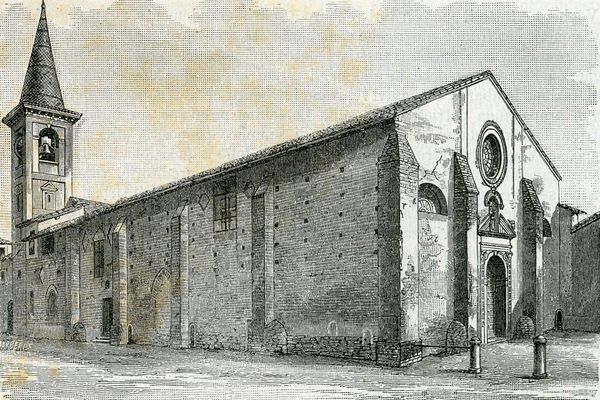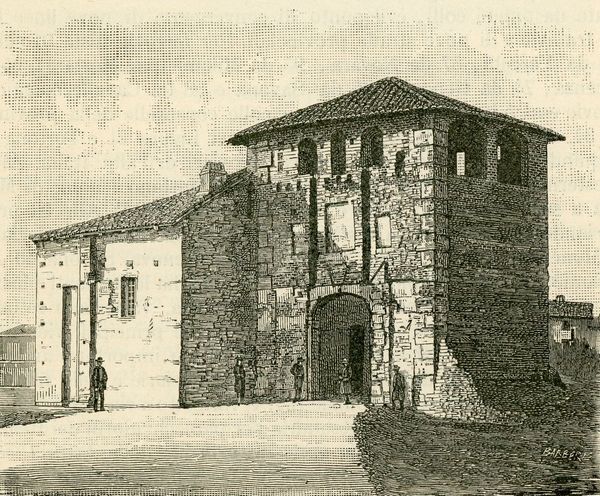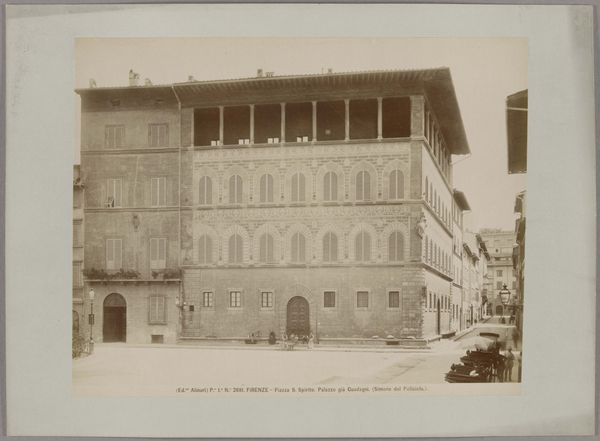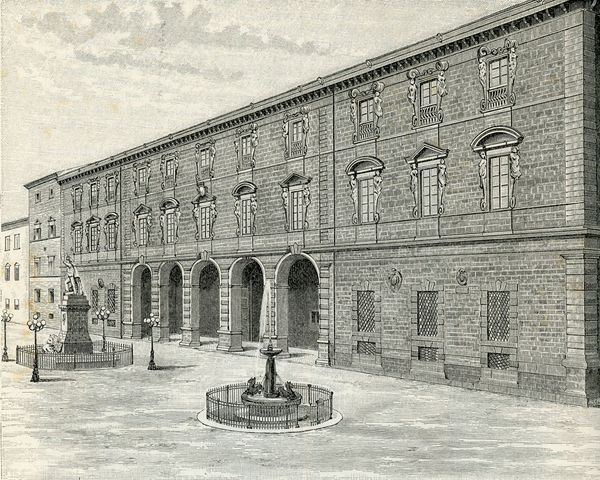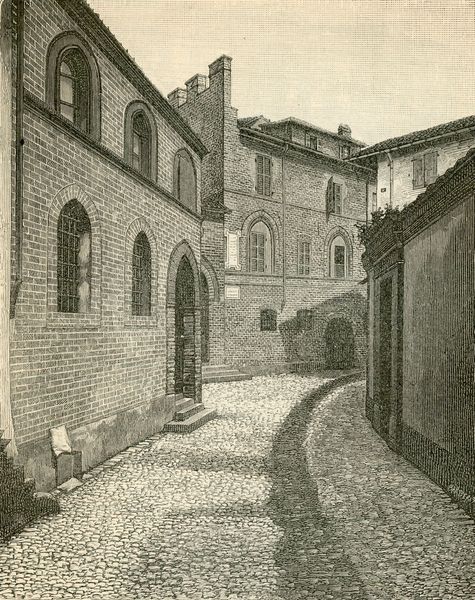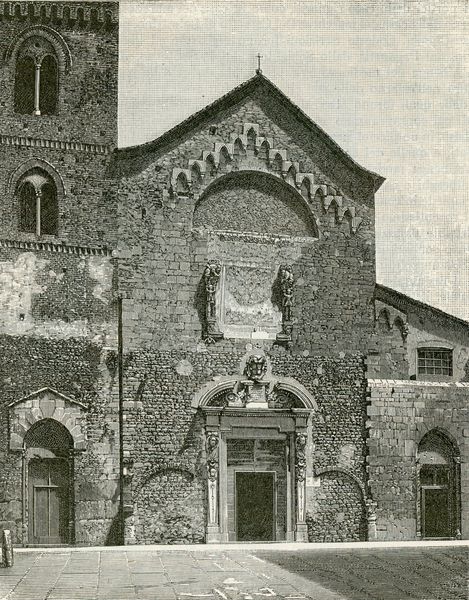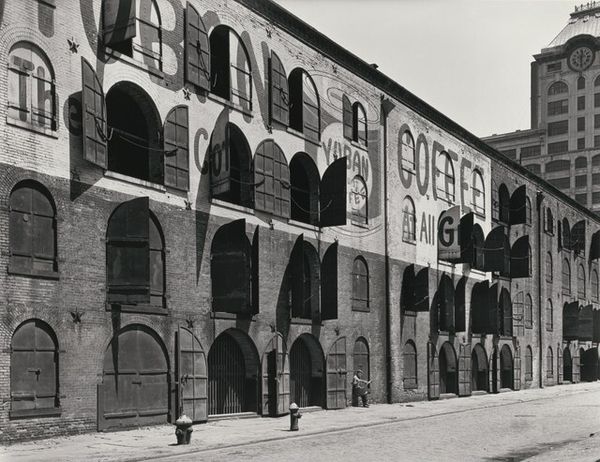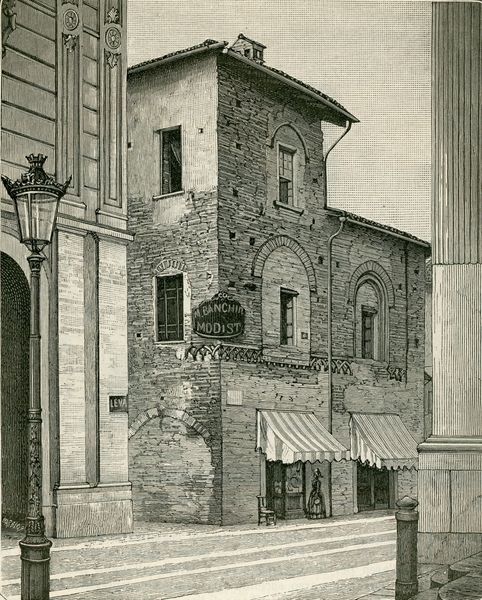
site-specific, architecture
#
building
#
street view
#
architectural photography
#
house
#
historic architecture
#
architecture influence
#
traditional architecture
#
geometric
#
architect
#
site-specific
#
cityscape
#
italian-renaissance
#
building photography
#
architecture photography
#
architecture
#
historical building
#
building
Copyright: Public domain
Editor: This is a photograph of Villa Thiene in Quinto Vicentino, a 16th-century construction by Andrea Palladio. The facade almost feels like a temple front… it's quite imposing, with that central triangular pediment. What do you make of it? Curator: The use of classical elements here – the pediment, the symmetry, even the oculus – invokes a very particular kind of authority. Palladio consciously drew on Roman architectural vocabulary, specifically temples, to elevate the status of these villas. It's not just a house; it's a statement about power, reason, and cultural heritage. The question is, what type of classical narrative is he trying to convey? Editor: I guess the building presents as powerful and permanent. Almost like it wants to give the impression of history. Curator: Precisely. Buildings such as this use specific elements and their arrangement in a very precise way. Consider the unadorned brick: even this choice speaks of permanence, strength, of a certain inherent rustic quality, tied to the land itself. What feelings does that choice of material evoke in you? Editor: That's interesting! I suppose it makes the design less frivolous and grandiose, somehow. More grounded. Curator: Indeed. By combining the visual language of Roman power with a more humble material, Palladio's Villa subtly altered the narrative. A lasting presence, a connection with the earth – symbols intertwined to represent status, permanence, and a tangible connection with Italian heritage. Editor: I never thought of it that way! Thanks; I see so much more now. Curator: My pleasure. Each building stands not only as shelter but as a record etched in stone and brick, revealing the continuity of cultural memory and its enduring symbols.
Comments
No comments
Be the first to comment and join the conversation on the ultimate creative platform.

